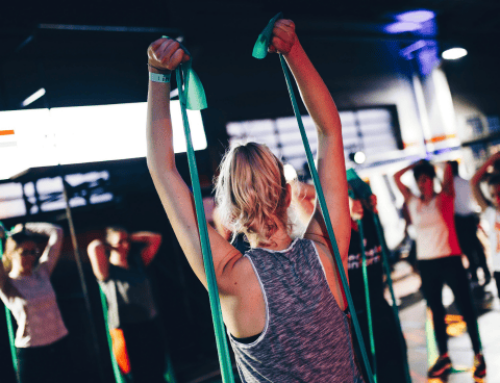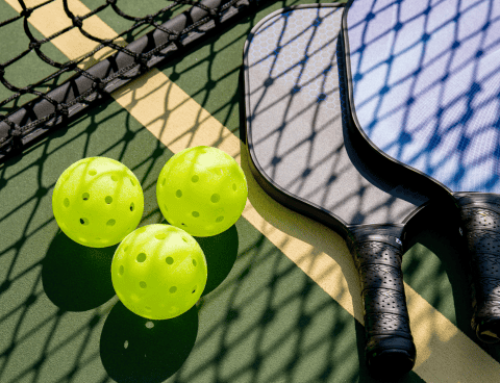I played college baseball in a small town near where I grew up in Kentucky. If you know anything about the weather in that part of the world, you know the summers get hot and muggy, and the winters are cold. My coach had a lot of connections to the southern California area. And every year, somehow, a new crop of Southern Cali bros would come to the South/Midwestern part of the country for the first time. Also, for the first time in their lives, they experienced something called humidity, which I believe is Latin for “suck the life out of you.” Humidity is tough to get used to if you haven’t experienced it. Despite living in hot So Cal all their lives, I think they would’ve preferred to practice in Death Valley over Kentucky in August.
But really, changes in weather can bring a shock to the body. Heat, coupled with humidity, can quickly sap energy and endurance levels. Ever run for a long time in the heat? You know what I’m talking about.
Obviously, anything we can do to improve performance is something an athlete would be interested in. Finding ways to cool down during a hot day can be a game-changer for performance. Staying hydrated, spending time in the shade if the sport allows, using cold rags, etc., can all be helpful.
Performance Enhancing Temperature
An interesting new study sheds some light on a specific strategy that can be used for athletes. A university in the Czech Republic performed an experiment to see if using cold can improve performance in rock climbers. Rock climbing is a sport that heavily relies on one particular muscle group: the forearms. The forearms are often the limiting factor when it comes to climbing performance. And when trying to climb on a hot day, performance can rapidly drop.
What they found in the study was that immersing the forearms in cold water prior to climbing helped stave off forearm fatigue. By their measures, a 9-14% endurance increase. There was also evidence that cooling the muscles during a break in the climb seemed to help in performance immediately after.
Cold Water for All Athletes
Let’s be honest, you probably aren’t a rock climber. If you are, much respect. And no offense, but your sport just isn’t that popular. But the practical application of the study can apply to virtually any athlete susceptible to overheating, aka every athlete.
Warming up is still essential. Elevating the body’s temperature prior to completition has overwhelming evidence of improved performance and reduction of injuries.
However, given the particular sport or activity, certain muscles can overheat quickly, impeding performance. For running and jumping athletes (cross country, soccer, basketball, lacrosse, football, track, volleyball) the quads and calves come to mind.
Here’s What To Do
So, on those hot days, here is a broad but practical recommendation to possibly improve your endurance by 9-14%:
- Go through your normal warmup routine.
- 5 minutes before competing, get something cold onto the muscles that fatigue you the most. In most sports, the quads (thighs) come to mind. Apply that cold for two minutes.
- Give it a go. If you can, find a way to measure if there’s an endurance increase.
I strongly recommend experimenting with this during a practice or workout. Find what works for you. You may need something colder and/or soak it longer to get the desired effects.
Remember, this is a broad recommendation. You have your own unique situation. Your body, sport, and weather conditions can also influence how much you need.
Will this give you a 10% boost in performance? I can’t promise. But I do promise that a serious athlete not only works hard but also prepares their body to win. If part of that winning strategy is to put ice packs on your calves before a race, then let’s do it.
The concept of cooling the body down before and during competition to boost performance has always existed. Keeping the body at a comfortable temperature is intuitive and advantageous to athletic performance. Pre-cooling muscles likely to overheat can be a legal and ethical sports performance hack.





